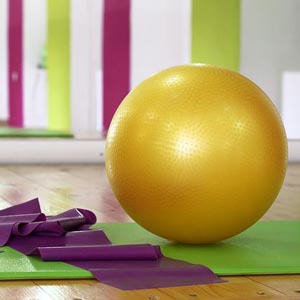Effects of home-based exercise program on physical functioning of hemodialysis patients: A randomized controlled trial

Accepted: 5 June 2022
HTML: 56
All claims expressed in this article are solely those of the authors and do not necessarily represent those of their affiliated organizations, or those of the publisher, the editors and the reviewers. Any product that may be evaluated in this article or claim that may be made by its manufacturer is not guaranteed or endorsed by the publisher.
Authors
Chronic kidney disease is one of the leading causes of death, which is often neglected due to lack of knowledge and resources. The objective of this study was to determine the effects of home-based exercise on physical functioning, quality of life and fatigue assessment for patients on hemodialysis. A randomized control trial was conducted, with participants divided into two groups. Twenty-six (26) participants were enrolled, and were assigned equally to each group. The control group received hospital-based care, and the intervention group received a home exercise program. Both groups received three sessions per week, for six weeks. Outcome measures included six-minute walk test, standing balance, 4-metre gait speed, chair stand, fatigue assessment scale and quality of life. Significant improvement in sixminute walk test, fatigue assessment scale, 4 meter gait speed, chair stand test and standing balance was noted in the intervention group as compared with control group. This study concluded that aerobic and resistance exercises are more effective in improving the functional outcomes of patients on hemodialysis as compared to routine physical therapy.

 https://doi.org/10.4081/hls.2022.10499
https://doi.org/10.4081/hls.2022.10499



